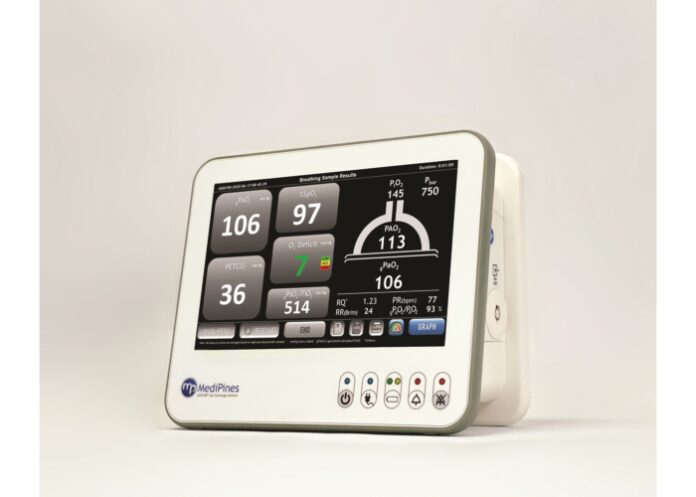Respiratory impairment detection has long been a diagnostic “blind spot,” with the traditional tools available causing physicians to rely on indirect surrogate tools for assessment. This forces medical teams to go through a drawn-out process of elimination, which can be a painful and frustrating experience for patients and their loved ones. Existing tools are reasonably effective in identifying some essential data points, but there has never been a swift and comprehensive way for physicians to precisely determine the severity of respiratory impairment.
Even before the COVID-19 pandemic hit, the world was facing an onslaught of respiratory diseases. The World Health Organization recently estimated that about one billion people (one out of every eight) worldwide suffer from respiratory illnesses. This rising tide of respiratory conditions is in part due to the pre-existing prevalence of respiratory diseases like COPD and asthma, combined with different factors such as the rising average age of the population, occupational exposure, and air pollution. Now, with the additional burdens brought on by the COVID-19 pandemic, the world is even more aware of the risk factors from respiratory-related illnesses, yet fast and efficient diagnosis technologies have remained elusive.
An Innovative Solution
MediPines founder and CEO Steve Lee set out to fill that gap and design a device to take the guesswork out of respiratory medicine. Teaming with world-renowned respiratory physician John B. West, MD, Ph.D, a leader in research and education of respiratory physiology, Lee designed the AGM100 technology as an effective solution to support diagnostic and treatment decisions. In 2015, Lee formed MediPines to further develop and commercialize the technology.
Officially launched in 2020, the AGM100 is the world’s first FDA-cleared pulmonary gas exchange analyzer, a medical device that can rapidly detect respiratory impairment caused by conditions such as COVID-19, chronic obstructive pulmonary disease (COPD), pneumonia, ARDS, pulmonary edema or embolism, etc. This gas exchange measurement is done non-invasively from a two-minute patient breathing sample. It is a portable system that can be used at the bedside or in a doctor’s office.
With this technology, clinicians are able to observe in real time how efficiently oxygen is being transported from the environment, to their patients’ alveoli, and to their blood, without a single needlestick or blood draw; a crucial step forward in respiratory monitoring during the COVID pandemic. Once a patient breathes normally through a specialized breathing circuit, the AGM100 quickly calculates and provides a comprehensive panel of respiratory measurements including blood oxygen levels, oxygen deficit (A-a gradient), P/F ratio, and alveolar oxygen and carbon dioxide levels. So, a full view of the patient’s respiratory status is achieved instantly.
High risk patients, especially those infected with COVID as well as long-COVID patients, can potentially go unidentified through stand-alone oxygen saturations measurements, even appearing far from danger despite severe gas exchange impairment.
Importantly, this new technology provides concrete answers to essential respiratory questions, such as: “…what is the patient’s blood oxygen level?” “…is ventilation adequate?” “…is gas transport from the lungs to the blood efficient?” “What is the severity of respiratory impairment” and “…what is the source of that impairment?”
The AGM100 is already playing a crucial role in respiratory assessment and treatment in a quickly growing number of hospitals across the nation. As doctors and caregivers continue to seek ways to understand which COVID-19 patients are at greater risk, or which treatment option is best, the technology provides an easy, non-invasive way to accomplish that goal.
The global medical community agrees. The World Health Organization recently featured the AGM100 as an innovative technology in its 2021 compendium, the WHO Compendium of Innovative Health Technologies.
Learn more at medipines.com.

